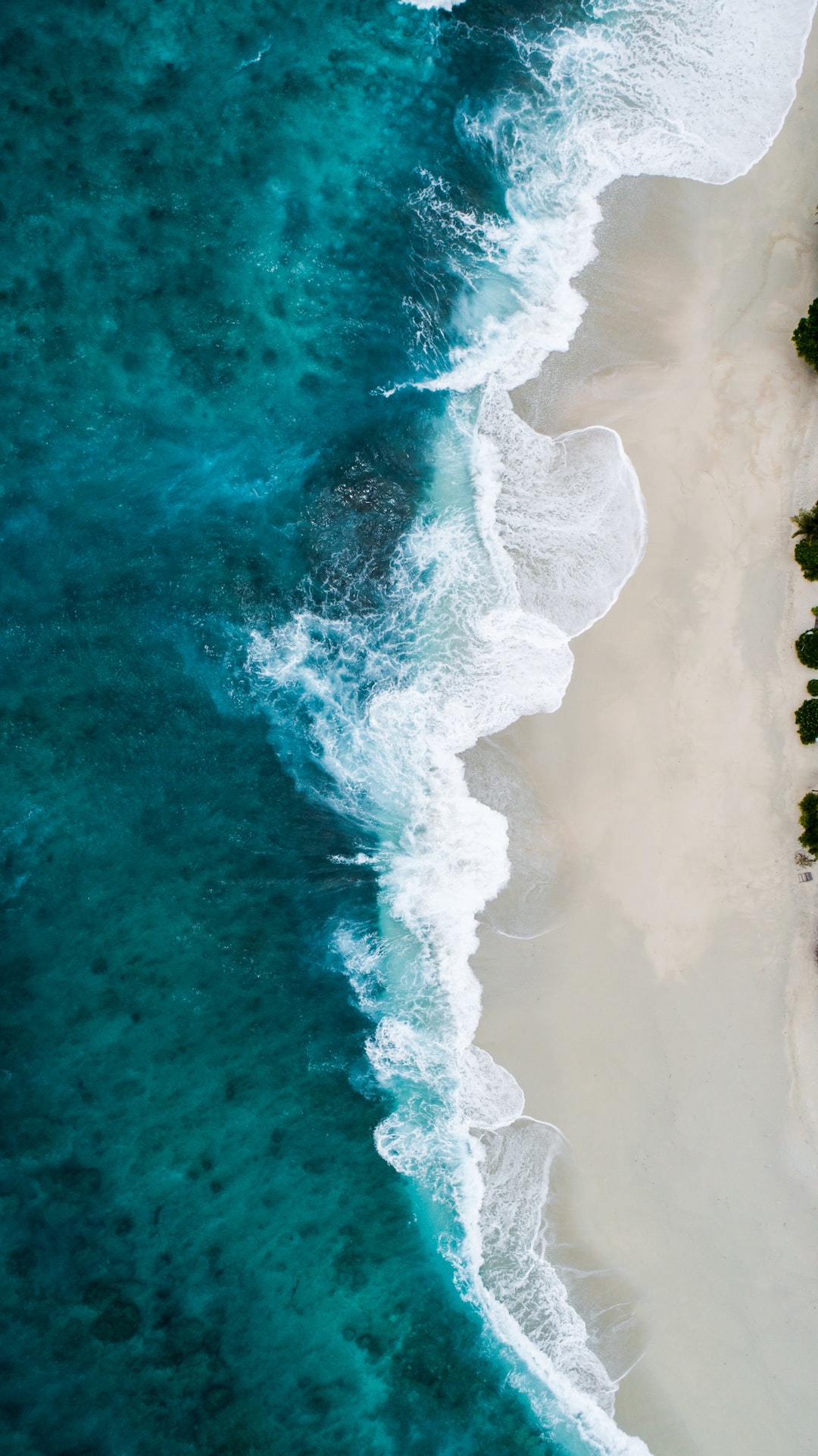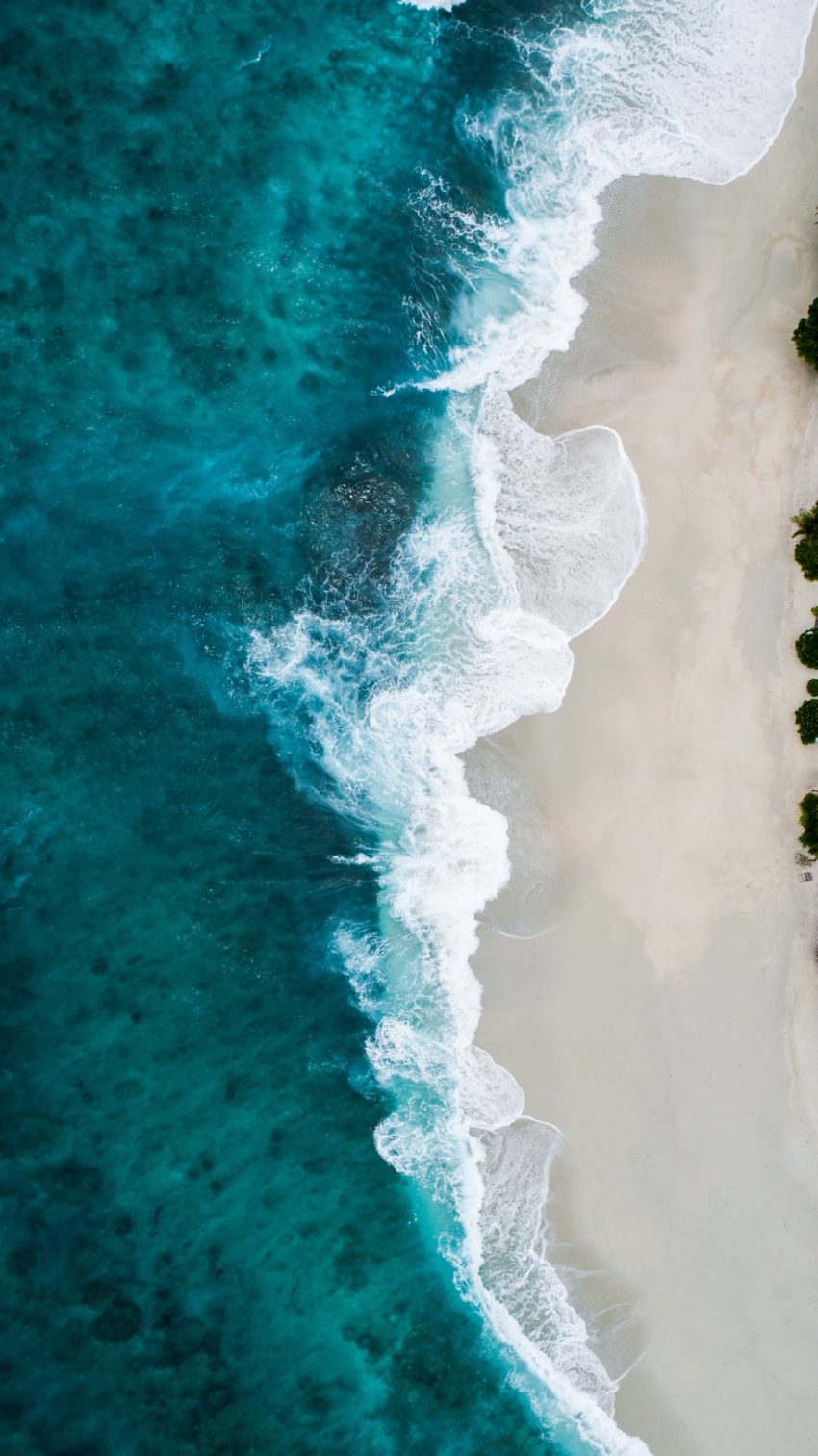Kakadu National Park is a vast wilderness area located in the Northern Territory of Australia. It is a UNESCO World Heritage Site known for its stunning landscapes, rich biodiversity, and vibrant Aboriginal culture. One of the key aspects of the culture in Kakadu is the unique language spoken by the traditional owners of the land.
The Traditional Owners
Kakadu National Park is home to several Indigenous groups, with the Bininj/Mungguy people being the traditional owners of the land. These Aboriginal communities have a deep connection to the park and have inhabited the region for over 65,000 years.
Bininj Kunwok
The main language spoken by the traditional owners of Kakadu is called Bininj Kunwok. Bininj Kunwok is an indigenous language that belongs to the Gunwinyguan language family, which is spoken across parts of northern Australia. It is a complex language with several dialects and variations.
Language Features
Bininj Kunwok has a unique set of linguistic features that sets it apart from other languages. The language is known for its rich vocabulary related to the natural environment, including plants, animals, and landscapes. It also has a sophisticated kinship system, which is an essential part of Indigenous culture and social structure.
Another interesting feature of Bininj Kunwok is its verb structure. The language has a rich system of verb inflections, which allows for precise grammatical expressions. It also has a unique way of representing grammatical tense and aspect, indicating whether an action is ongoing, completed, or future-oriented.
Language Preservation
Like many indigenous languages around the world, Bininj Kunwok is considered endangered. The impact of colonization, modernization, and language assimilation has threatened the existence of this ancient language. However, efforts are being made to preserve and revitalize the language.

Through various language preservation programs and initiatives, the traditional owners, along with linguists and researchers, are working together to document, teach, and promote Bininj Kunwok. These efforts aim to ensure that future generations can continue to learn and speak this unique language, maintaining their cultural heritage.
The Importance of Language
The preservation of Bininj Kunwok is not only essential for the traditional owners but also for the understanding and appreciation of the rich cultural heritage of Kakadu National Park. The language holds valuable knowledge about the land, its diverse ecosystems, and the traditional practices of Aboriginal communities.
Furthermore, language is a vital part of cultural identity, and its loss can have detrimental effects on the overall well-being of indigenous communities. Revitalizing and maintaining the use of indigenous languages like Bininj Kunwok is crucial for preserving cultural diversity, promoting cultural pride, and fostering a sense of belonging among the indigenous population.
Kakadu National Park is not only known for its stunning landscapes but also for its rich cultural heritage. The traditional owners of Kakadu, the Bininj/Mungguy people, speak a unique language called Bininj Kunwok. Efforts to preserve and revitalize this endangered language are crucial in maintaining the cultural identity and connection to the land. By valuing and promoting indigenous languages, we can ensure the preservation of cultural heritage for generations to come.

